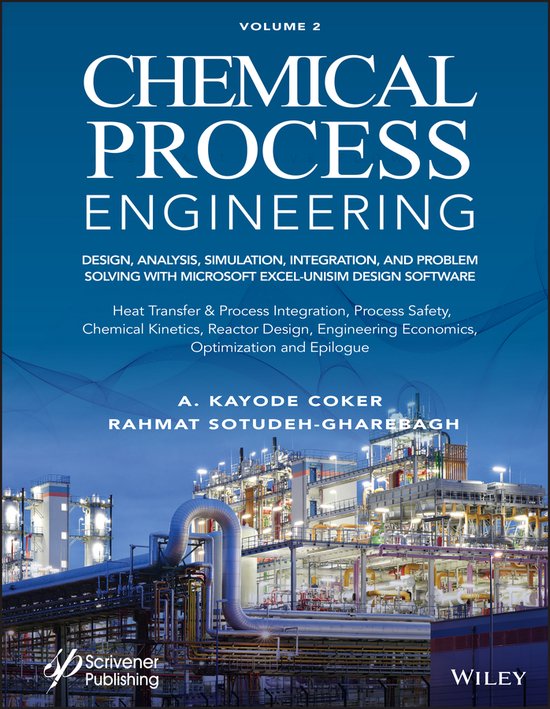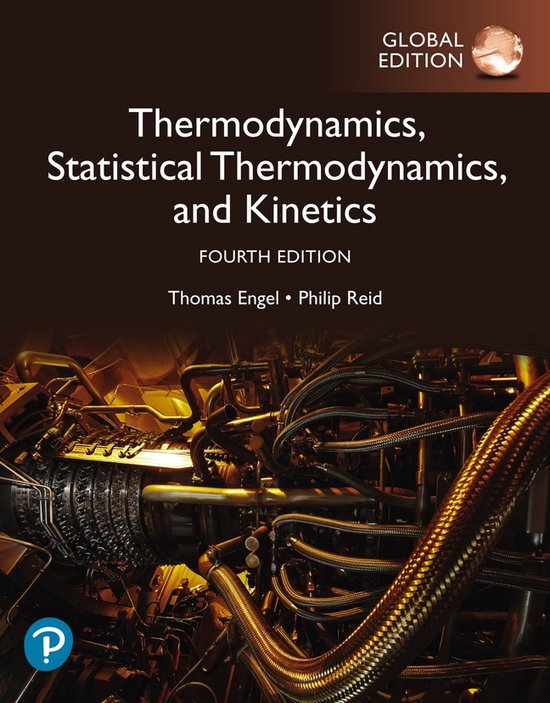
Thermodynamics for Chemists, Physicists and Engineers
This textbook takes an interdisciplinary approach to the subject of thermodynamics and is therefore suitable for undergraduates in chemistry, physics and engineering courses.
Thermodynamics is an essential part of chemical physics and is of fundamental importance in physics, chemistry and engineering courses. This textbook takes an interdisciplinary approach to the subject and is therefore suitable for undergraduates in all those courses. The book is an introduction to phenomenological thermodynamics and its applications to phase transitions and chemical reactions, with some references to statistical mechanics. It strikes the balance between the rigorousness of the Callen text and phenomenological approach of the Atkins text. The book is divided in three parts. The first introduces the postulates and laws of thermodynamics and complements these initial explanations with practical examples. The second part is devoted to applications of thermodynamics to phase transitions in pure substances and mixtures. The third part covers thermodynamic systems in which chemical reactions
take place. There are some sections on more advanced topics such as thermodynamic potentials, natural variables, non-ideal mixtures and electrochemical reactions, which make this book of suitable also to post-graduate students.
Robert Hołyst (1963) is a professor at the Institute of Physical Chemistry Polish Academy of Sciences. He specializes in statistical physics, physical chemistry, biologistics and soft matter physics. He has published 182 papers and 2 books. He presented his works at multiple universities/institutes, e.g. Harvard, MIT, University of Chicago, ESPCI-Paris, ENS-Paris, several Max Planck Institutes, University of Tokyo, Oxford and Cambridge. He has over 17 years experience in teaching thermodynamics for undergraduate students.
Andrzej Poniewierski (1951), professor at the Institute of Physical Chemistry Polish Academy of Sciences; published 53 papers and two books, specializes in soft matter and statistical physics, liquid crystals and applications of density functional theory to complex fluids. He has also taughtthermodynamics for undergraduate students for several years.
This textbook takes an interdisciplinary approach to the subject of thermodynamics and is therefore suitable for undergraduates in chemistry, physics and engineering courses. The book is an introduction to phenomenological thermodynamics and its applications to phase transitions and chemical reactions, with some references to statistical mechanics. It strikes the balance between the rigorousness of the Callen text and phenomenological approach of the Atkins text.
The book is divided in three parts. The first introduces the postulates and laws of thermodynamics and complements these initial explanations with practical examples. The second part is devoted to applications of thermodynamics to phase transitions in pure substances and mixtures. The third part covers thermodynamic systems in which chemical reactions take place. There are some sections on more advanced topics such as thermodynamic potentials, natural variables, non-ideal mixtures and electrochemical reactions, which make this book of suitable also to post-graduate students.
| Auteur | | Robert HołYst |
| Taal | | Engels |
| Type | | Paperback |
| Categorie | | Wetenschap & Natuur |




